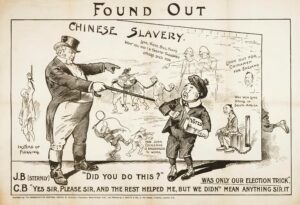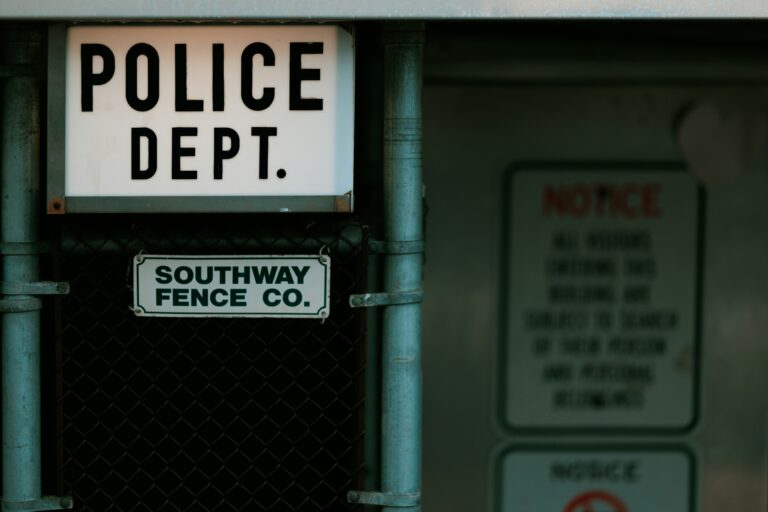INTRODUCED IN HOUSE OF REPRESENTATIVES
Mr. CURTIS (for himself and Ms. KLOBUCHAR) introduced the following bill; which was read twice and referred to the Committee on Commerce, Science, and Transportation
A BILL
S. 1682 – ALEX GATE SAFETY ACT OF 2025
This Act may be cited as the ‘‘Alex Gate Safety Act of 2025’’.
SECTION 2. CONSUMER PRODUCT SAFETY STANDARD FOR COVERED GATES
(a) STANDARD REQUIRED.—Not later than 1 year after the date of the enactment of this Act, the Commission shall promulgate, in accordance with section 553 of title 5, United States Code, a final consumer product safety standard for covered gates that includes the requirements described in paragraph (2).
(1) IN GENERAL.—Not later than 1 year after the date of the enactment of this Act, the Commission shall promulgate, in accordance with section 553 of title 5, United States Code, a final consumer product safety standard for covered gates that includes the requirements described in paragraph (2).
(2) REQUIREMENTS DESCRIBED.—The requirements described in this paragraph for a covered gate are the following:
- (A) The covered gate meets the safety-related standards of ASTM F900–25, ASTM F1184–23e1, or ASTM F2200–24, as applicable to the relevant category of covered gate as of January 1, 2025, or any successor standard.
- (B) If the covered gate has an operator or similar system, the gate meets the safety-related standards of ANSI/CAN/UL 325 as of January 1, 2025, or any successor standard.
(b) CPSC DETERMINATION OF SCOPE.—In promulgating a consumer product safety standard under subsection (a), the Commission shall determine the types of covered gates that are subject to the standard and ensure that such covered gates are within the jurisdiction of the Commission.
(c) REVISION OF VOLUNTARY STANDARDS.—If an organization revises a voluntary standard that has been adopted, in whole or in part, as a consumer product safety standard under this section, the organization shall notify the Commission of the revision.
(1) NOTICE TO THE COMMISSION.—If an organization revises a voluntary standard that has been adopted, in whole or in part, as a consumer product safety standard under this section, the organization shall notify the Commission of the revision.
(2) TREATMENT OF REVISION.—The revised voluntary standard shall be considered to be adopted by the Commission, effective on the date that is 180 days after the date on which the organization notifies the Commission of the revision (or such later date specified by the Commission in the Federal Register) unless, not later than 90 days after the date on which the organization notifies the Commission of the revision, the Commission notifies the organization that the Commission has determined that the revision does not improve the safety of the covered gates to which the standard applies and that the Commission is retaining the existing consumer product safety standard.
Not later than 90 days before the date on which a revised voluntary standard is considered to be adopted by the Commission under this subsection, the Commission shall publish in the Federal Register notice that such revised voluntary standard will be considered to be so adopted on such date.
(d) FUTURE RULEMAKING.—At any time after the promulgation of a consumer product safety standard under subsection (a), the Commission may initiate a rulemaking, in accordance with section 553 of title 5, United States Code, to modify such standard, if the Commission determines that a modification would further reduce the risk of injury associated with covered gates.
(e) TREATMENT OF STANDARDS.—Any consumer product safety standard promulgated under subsection (a) (including any modification of such standard under subsection (c)) or revised voluntary standard considered to be adopted by the Commission under subsection (c) shall be treated as a consumer product safety rule promulgated under section 9 of the Consumer Product Safety Act (15 U.S.C. 2058).
SECTION 3. EDUCATION AND AWARENESS CAMPAIGN
(a) IN GENERAL.—Not later than 2 years after the date of the enactment of this Act, the Commission shall undertake a national campaign to promote awareness and educate the public about the dangers associated with covered gates, including the dangers of detached or falling covered gates, and methods (including low-cost methods) to prevent covered gates from causing death or injury, including safety standards relating to covered gates and best practices for design, installation, inspection, maintenance, and improvement of covered gates.
(b) REQUIREMENTS.—In carrying out the campaign required by subsection (a), the Commission shall employ, at a minimum, the following:
- Educational materials designed for covered gate manufacturers, contractors, retailers, and service companies.
- Educational materials designed for consumers, owners, and operators of covered gates.
- Educational materials designed for building officials and local educational agencies to support the updating and enforcement of building codes for new and existing buildings with respect to the safety of covered gates.
(c) REPORT TO CONGRESS.—Not later than 3 years after the date of the enactment of this Act, the Commission shall submit to Congress a report that contains a summary of actions taken by the Commission in the campaign required by subsection (a).
SECTION 4. DEFINITIONS
(1) BUILDING OFFICIAL.—The term ‘‘building official’’ means any State, Tribal, territorial, or local official who is responsible for proposing modifications to building codes, participating in adopting building codes, interpreting building code requirements, overseeing building code enforcement activities, or otherwise administering building codes.
(2) COMMISSION.—The term ‘‘Commission’’ means the Consumer Product Safety Commission.
(3) COVERED GATE.—The term ‘‘covered gate’’ means—
- An automatic vehicular gate;
- A manual vehicular gate; and
- Any other gate that is more than 48 inches wide or 84 inches or greater in height.
(4) LOCAL EDUCATIONAL AGENCY.—The term ‘‘local educational agency’’ has the meaning given such term in section 8101 of the Elementary and Secondary Education Act of 1965 (20 U.S.C. 7801).
(5) MANUFACTURER.—The term ‘‘manufacturer’’ has the meaning given such term in section 3(a) of the Consumer Product Safety Act (15 U.S.C. 2052(a)).
(6) POSITIVE STOPS.—The term ‘‘positive stops’’ means an immovable component that, by the placement of the component, physically impedes the motion of a covered gate.
(7) STATE.—The term ‘‘State’’ has the meaning given such term in section 3(a) of the Consumer Product Safety Act (15 U.S.C. 2052(a)).
Learn more about this bill: https://www.govinfo.gov/app/details/BILLS-119s1682is



